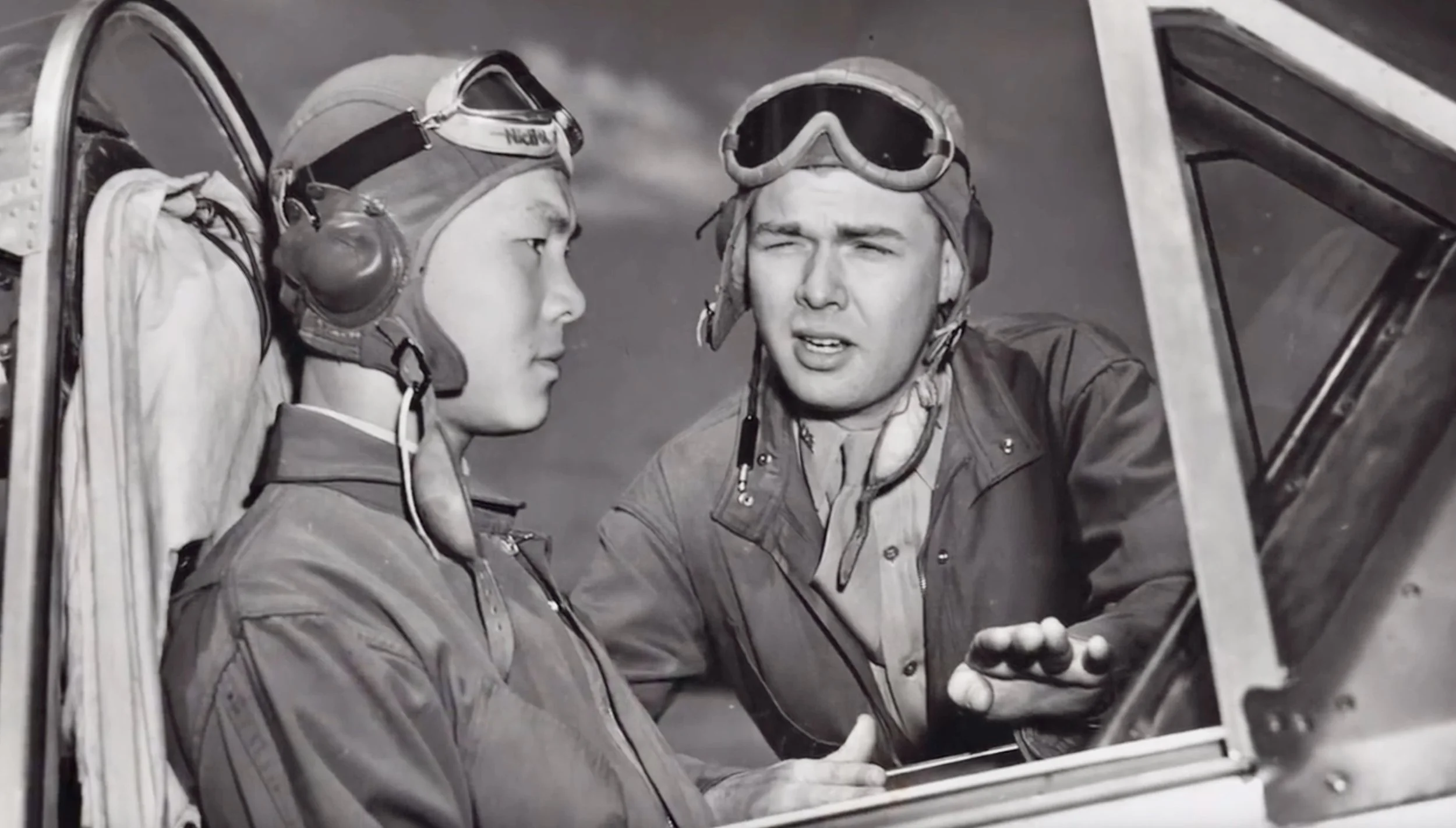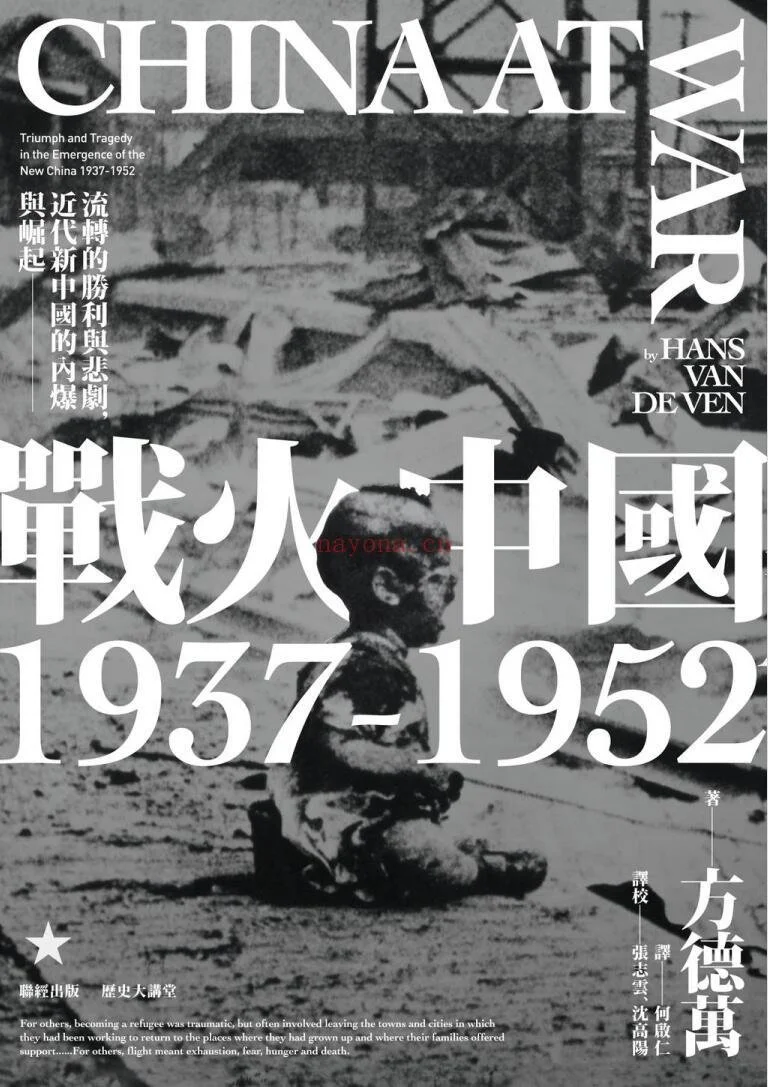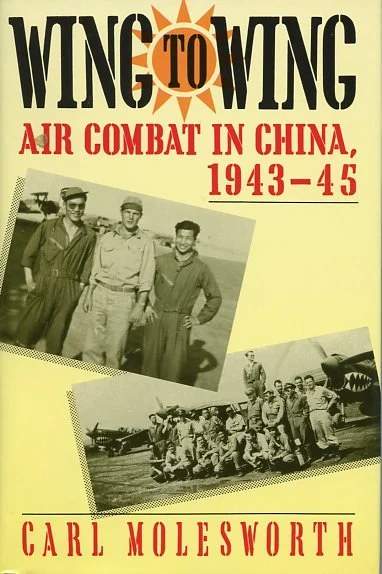Bibliography
Here is a collection of books that put the stories of the “Flying Tigers,” the “Chinese Tigers,” and the “Chinese American Tigers” into a larger context.
China at War: Triumph and Tragedy in the Emergence of the New China Hans van de Ven, Ph.D.
China’s mid-twentieth-century wars pose extraordinary interpretive challenges. The issue is not just that the Chinese fought for such a long time―from the Marco Polo Bridge Incident of July 1937 until the close of the Korean War in 1953―across such vast territory. As Hans van de Ven explains, the greatest puzzles lie in understanding China’s simultaneous external and internal wars.
This is the Chinese language version of China at War: Triumph and Tragedy in the Emergence of the New China.
Flying Tiger Ace: The story of Bill Reed, China’s Shining Mark Carl Molesworth
Bill Reed had it all – brains, looks, athleticism, courage and a talent for leadership. After a challenging childhood in Depression-era Iowa, Reed joined the US Army Air Corps, but the outbreak of World War II saw him give up his commission. Instead, he travelled to China to fly for the American Volunteer Group – the legendary Flying Tigers. After a brief return to America, he resumed the fight as a senior pilot and later squadron commander in the Chinese-American Composite Wing. Soon afterwards, Reed tragically lost his life in a desperate parachute jump late in the war, by which point he was a fighter ace with nine confirmed aerial victories. His obituary was front-page news throughout the state of Iowa.
Wing to Wing: Air Combat in China, 1943-45 Carl Molesworth
This is the complete history of the extraordinary Chinese-American Composite Wing, from its first day in training to its final mission in China at the end of World War II. After leading the Allied air war in China at the start of the war, General Claire L. Chennault convinced Washington to expand his combat forces by forming the CACW, in which American pilots would fly wing to wing with pilots of the Chinese Air Force. During the last two years of the war, flying American built P-40 and P-51 fighters and B-25 bombers, combat crews of the CACW battered the Japanese on the ground and in the air from one end of occupied China to the other. By the end of the war, eight CACW fighter pilots had achieved ace status by shooting down five or more enemy aircraft.
尋找塵封的記憶:抗戰時期 ... Ann Lee
Ann Lee tells the story of her second uncle, a brilliant university researcher, who saw his homeland in flames and joined the Chinese Air Force. In 1943, he and other top CAF pilots came to America for combat training. He never returned home, dying in a training accident. For decades the Lee family searched for information about what happened to him, and where he was buried. In answering those questions, they discovered in Texas the largely forgotten grave of Ann Lee’s second uncle and those of 57 other CAF pilots. (in Chinese)





